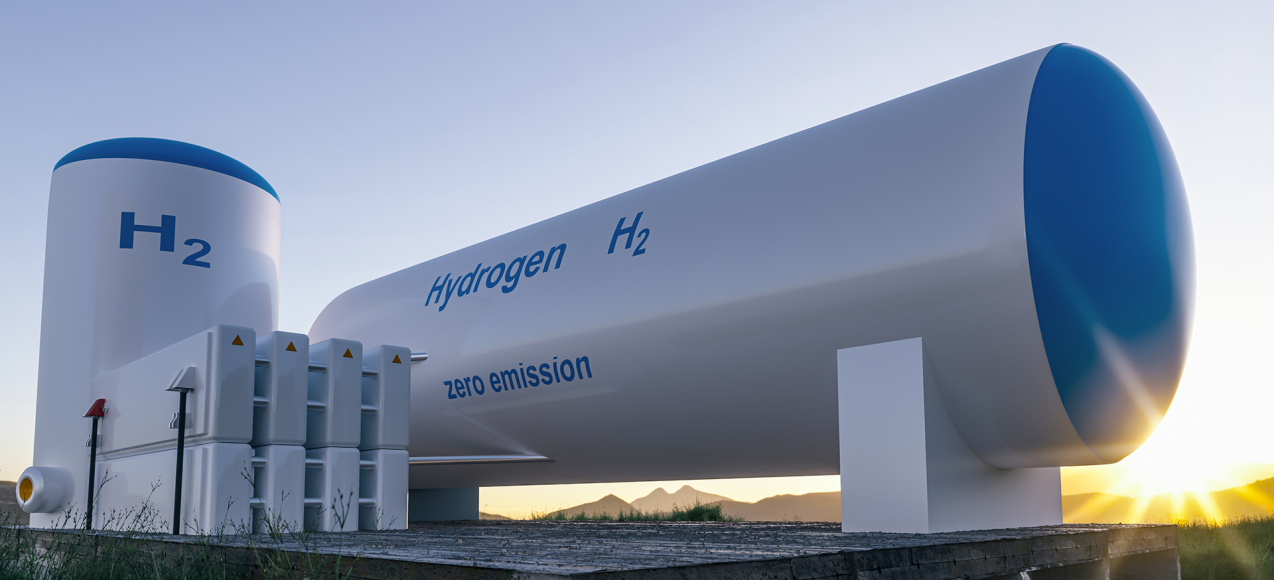Commissioned by the Flemish Agency for Innovation and Entrepreneurship (VLAIO), we conducted an exploratory study into the implementation of hydrogen in Flanders. Although various forms of hydrogen (grey, blue, green…) may play a role in certain future scenarios, the study assumes that there'll be a strong increase in the demand for green hydrogen produced from renewable energy sources.

We turn climate challenges into an economic opportunity. Our commitment to the Moonshot “Flanders CO2-neutral” will be honored. [...] In this context, we'll continue to invest in research into sustainable and renewable energy. We have the ambition to become the European leader in hydrogen, among other things.
Flemish Coalition Agreement 2019-2024



